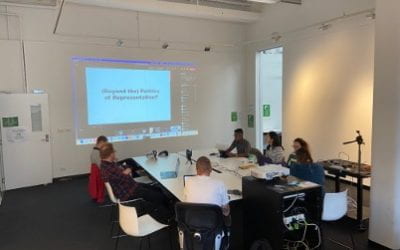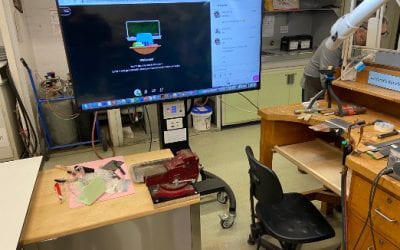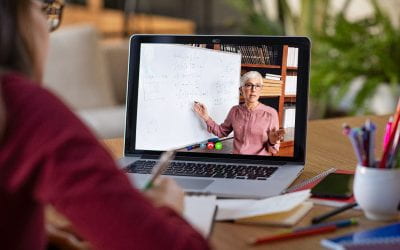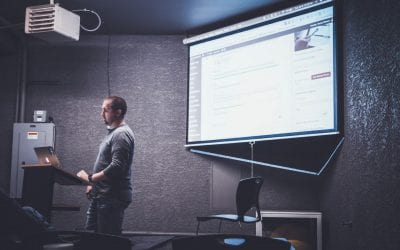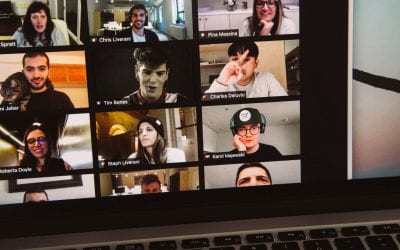Looking for inspiration? Here are some examples of concurrent practice from different areas in the College of Design and Social Context.
Video Case Studies
Concurrent Teaching: Redesigning for a “Global Program”
Assoc. Professor Lawrence Harvey, Assoc. Professor Ross McLeod and Technical Operations Advisor Simon Maisch take us through how they redesigned their traditionally hands-on program (including the physical teaching spaces) for a global audience.
Concurrent Teaching: Creating Co-Presence
Associate Dean of Interior Design Suzie Attiwill takes us through how she creates a sense of co-presence in her concurrent classroom by using a simple yet effective setup and a teacher’s assistant.
Concurrent Classroom: Using Technology to Create an Interactive Classroom
Dr. Carolina Quintero Rodriquez takes us through how she sets up her concurrent classroom to create an interactive environment.
Concurrent Classroom: Structure & Setup
Associate Professor Joe Hurley takes us through how he divided and re-structured his classes to best suit concurrent teaching and how he over came various challenges.
Written Case Studies
Teaching on the Global Stage
The strategies showcased here were used in several courses within the International Studies program. Each course is taught in face-to-face mode with students attending weekly lectures and tutorials.
Workshop-based teaching in Fashion & Textiles
Last year’s restrictions and this year’s move to concurrent teaching modes have proven a big challenge to the core principles of the course (belonging, diversity and connection with place). This case study explains some of these challenges and how they were overcome.
Discussions and exhibitions in Photography
In this Photography course, international students attend classes remotely and concurrently with their face to face peers. This case study examines how discussions and exhibition critiques were adapted for those not able to be in the studio
Practical lessons in Goldsmithing
The use of technology in this classroom has meant that hands on learning and instruction is still accessible to students who are unable to attend campus classes. While tasks and activities differ between online and face to face students due to equipment and material requirements a sense of belonging and equity has been retained in delivery.
Practical lessons in Textiles
Short practical activities and advanced communication technologies have been integral to the success of this concurrent class in Textiles and Design
Digital Defaulting and Enhanced Live Events
This case study highlights the impact of the digital learning tools that supported asynchronous teamwork and autonomous learning. It is an exemplar of a foundational experience that teaches students the aptitudes and skills needed to develop as autonomous learners and designers in an authentic team-based context.
Collaboration and communication in Fashion & Textiles
Fashion lecturer Dr. Carolina Quintero Rodriquez takes us through how she sets up her concurrent classroom to enable collaboration between the students and herself. With the use of Teams, OneNote and OBS she creates an engaging and collaborative classroom experience.
Autonomy and asynchronous learning in Industrial Design
In this case study, the student experience features a strong focus on developing student’s autonomous learning through asynchronous project-based activities. Teamwork and collaboration are also a focus, scaffolded through a series of assessable projects that iteratively develop teamwork and design intelligence across three sprints.
BH115 – Bachelor of Interior Design (Honours)
Concurrent class?… If you must!
General challenges and solutions developed to create an equitable learning experience.
GRAP2816: Flipping a fashion and textiles course
This case study outlines the design of GRAP2816 Fashion and Textiles Materials which is a school wide first-year core course within many Fashion and Textiles programs.


